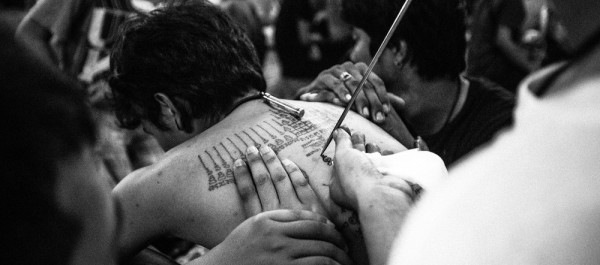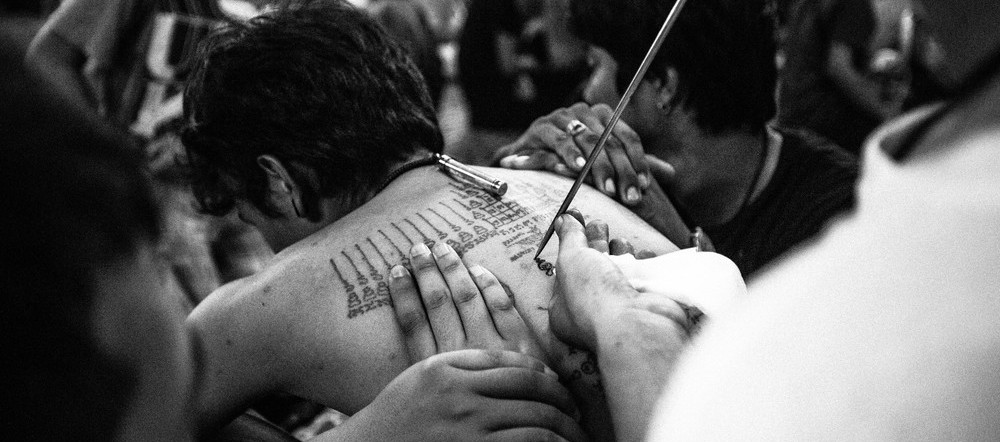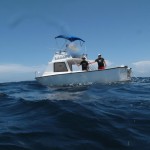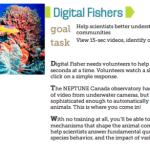
From ancient polynesians to seafaring sailors, tattoos in their various fashions have adorned the derma canvas for centuries. Used to represent tribal ranks, voyages to distant lands and conquests, or even bad decisions made last Saturday night, the artful body pieces have portrayed some pretty illustrious narratives. Lately, however, a new take on the popular art form has begun to take hold.
Cue Nemo walking into the tattoo parlor.
Yes. You heard me right.
Fish getting inked.
Understandably, you may be thinking…Why on earth would our fishy friends need to get all tatted up?!?! And as per most things in life I defer to my usual answer… FOR SCIENCE!
In labs across the globe, study organism tattooing is quickly becoming all the rage. The “tattoos”, a Visible Implant Elastomer (VIE), are employed when critters can’t be marked or tagged utilizing the more popular methods of identification because they are either too small or their bodies are incompatible with normal tags.

In the early 90’s, Northwest Marine Technology began to develop the VIE tagging system to allow researchers to discretely mark everything from fish, crustacea, amphibians, reptiles, and the occasional unruly undergrad. Most often the “tattoos” are simple dots or lines (unless you are real good with a hypodermic needle) and they are available in ten fabulous colors, including NEON!!!

Source: Kathryn Martin
The tattoo Nemo is sporting above is a bio-compatible, two-part liquid elastomer that is injected right beneath the first layer of transparent tissue. After a couple of hours, the material cures into a pliable, but solid material and Nemo is ready to rock the seven seas. The best thing about the VIE tattoos, is that they are less invasive then traditional methods of tagging and have minimal impact on the growth and behavior of the organism. Fabulous and good for the animals.
For certain epic organisms, who can’t be tamed or tagged like our slippery cephalopod friends, the VIE tattoos are one of the few ways scientists are able to gather field data to better understand these species.
Perhaps Carl will consider these for his next rendition of Science Ink.
Special thanks to the ‘tattoo artists’ of the Dixon Lab for inspiring this article and providing pictures of their work. Check out the amazing science they are doing utilizing these methods: www.dixonlab.com







Great post!
I use this method on coral gobies. We were looking at trying it on damsel fishes too, but it doesn’t work so well on fish with scales. If anyone has suggestions for tattooing scaly fish, our lab would love to hear about it!